I am very blessed to know a number of producers that are passionate about cover crops and crop production profitability. One such producer is a fellow named Dave from NC Indiana. (Dave is very humble and does not want notoriety so I will not use his last name or exact town.) However, Dave has agreed to allow me to “follow his crops after cover crops”. This will be more of a photo diary. I think you will be excited to see how cover crops work for Dave and how awesome his crops are. He has been a ‘cover cropper” for six years now. This year Dave no-tilled approximately 50% of his acres. Dave is one of the most innovative guys I know…but he’s also “cautious”; he does not want to lose money! That’s why Dave loves cover crops! By using cover crops he has improved his profitability.
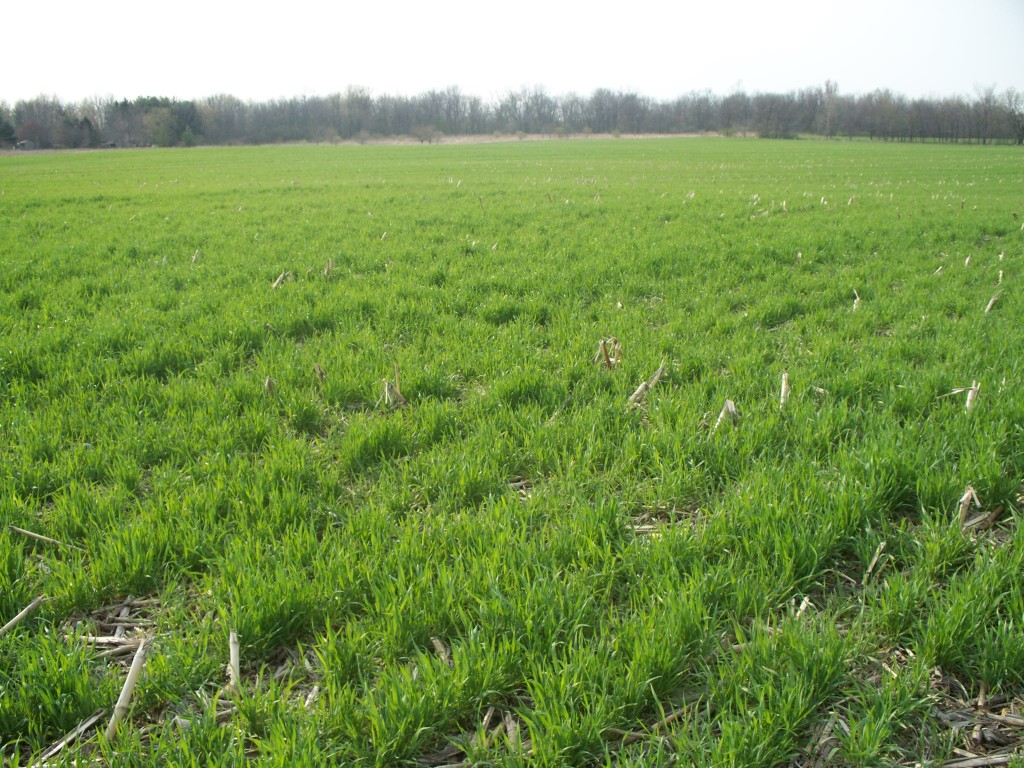
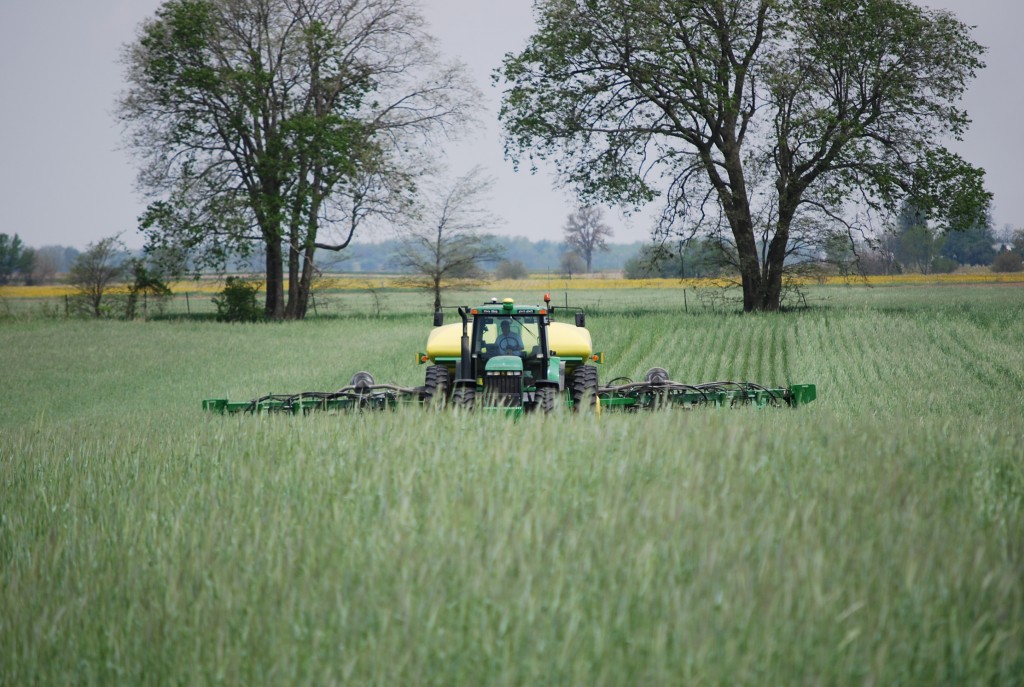
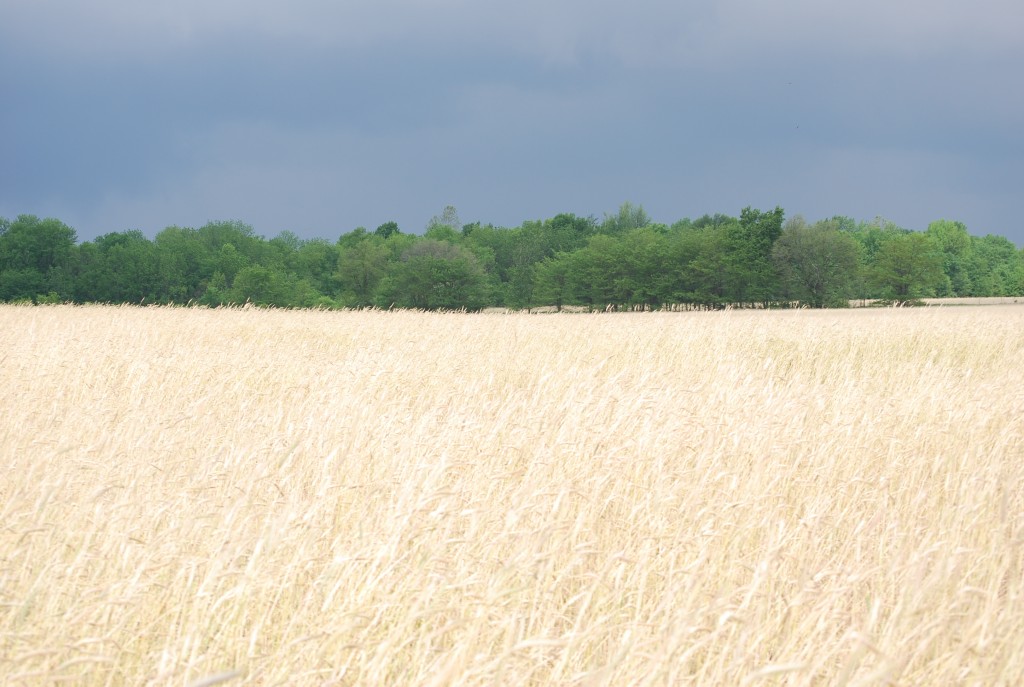
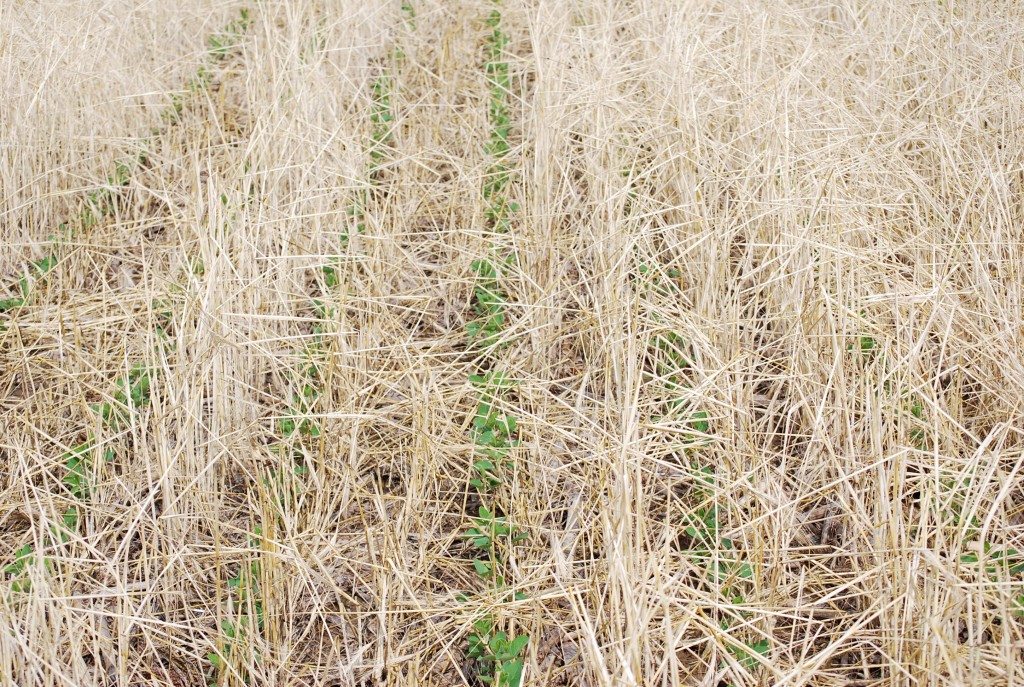
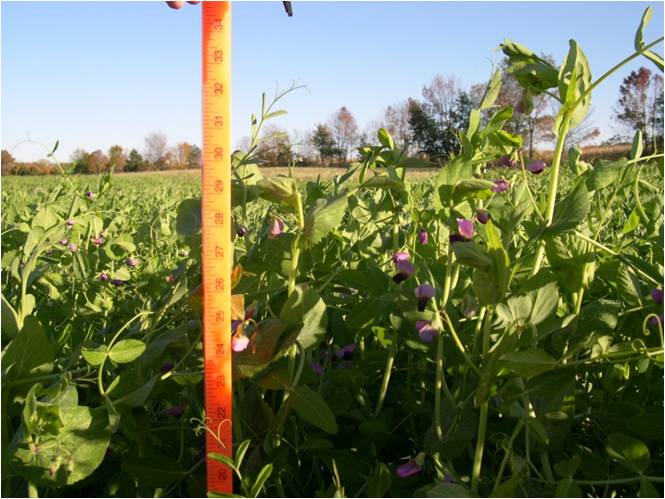
Due to the wet spring did you, or other cover crop users, notice if your fields with cover crops dried faster? That is one of the benefits we sell farmers on the use of cover crops, that your field will dry faster due to improved soil structure and plant uptake, did you find that to be correct?
Brian, I heard that was a fact from a number of producers in Ohio and Indiana where we had an exceptionally wet spring…however, where it was so wet there were still many acres not planted. I believe we are correct that most producers will find this will be another advantage for them because they use cover crops!
I am from NE MO and last fall, for the first time, I planted cereal rye after beans on a field of 12 acres. I plan on going to beans there again in 2012. At what point in the cereal rye growth should i spray the rye? The above pictures look great and i would love to have a kill to that extent. Thanks.
We farm in Newton County (NW) Indiana and have a beautiful stand of cereal rye growing in corn stubble that will be planted to soybeans this Spring. I would like to plant the beans (using a guidance system) and then kill the rye.
HOW SOON AFTER PLANTING SHOULD THE RYE BE SPRAYED? IS IT OK TO FOLLOW UP PLANTING AND SPRAY ROUNDUP THE NEXT DAY?
Hi Robert. Most guys that I am aware of are spraying either the day before, day of , or very shortly after they plant the soybeans. We typically spray the cover crop the day of or day after planting on our farm. This year we sprayed already as the cover crops were getting plenty mature for it being March! However, we are not planting beans into rye this year.
I’m in NW Ohio near Ft. Wayne, IN. My neighbor planted beans into cereal rye after the rye headed-out. He believes the yield of the beans were poor. What could have went wrong? I’m wanting to do this too, but I also pasture sheep as well. What if I grazed the cover crop in the Spring, then no-till planted beans, and finally sprayed herbicide? Wondering if I would have any yield drag?
Matt,
I wonder did your neighbor get a good stand on his beans? I have heard of folks that did not get good soil to seed contact and thus had a thin stand. That being said, with a year as dry as 2012 I am not entirely surprised at anything. Most folks saw an increase in yield but a few (at least I’ve only heard a few) saw a decrease in yield following cover crops. I think that grazing the sheep makes great sense before spraying. Just be sure to leave enough residue so that when you spray you are spraying enough green material to actually kill the plant. Good luck! Dave